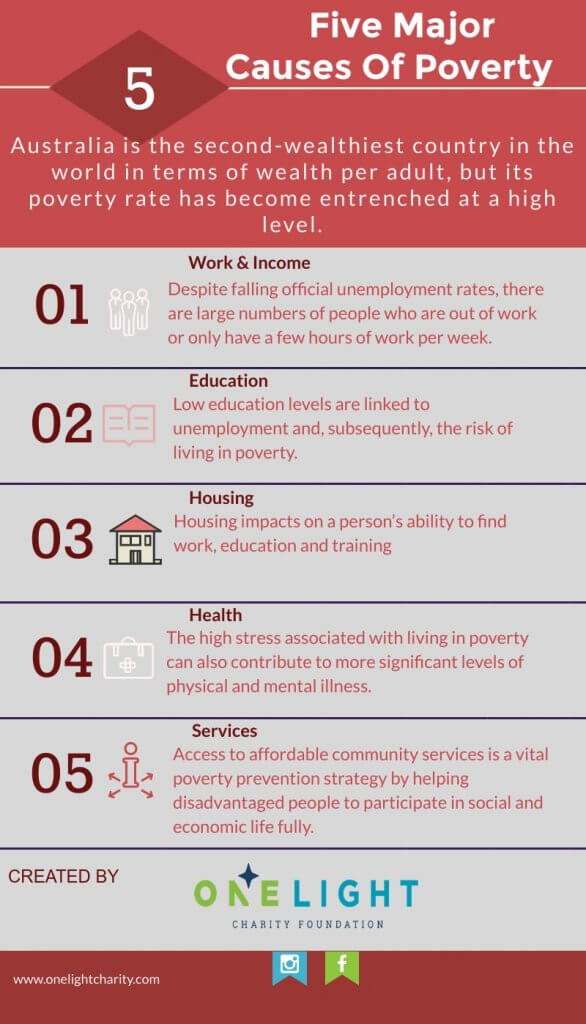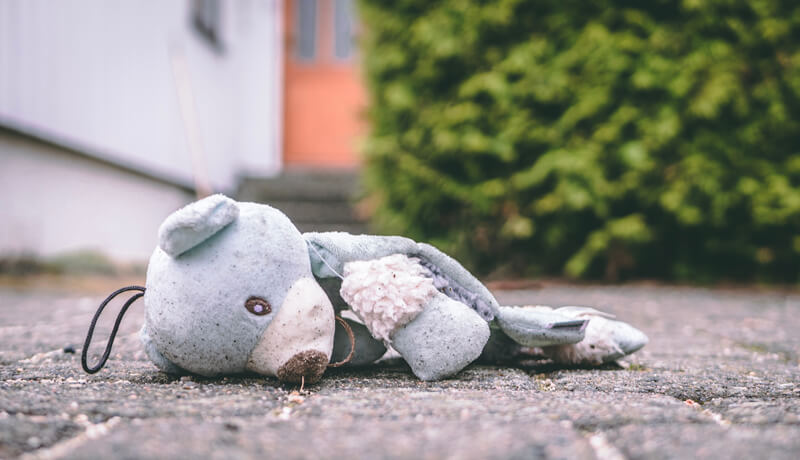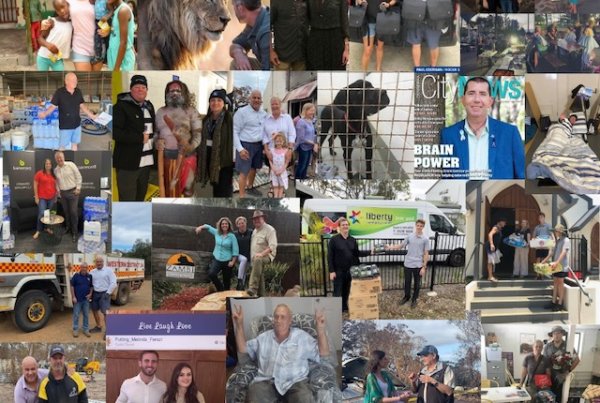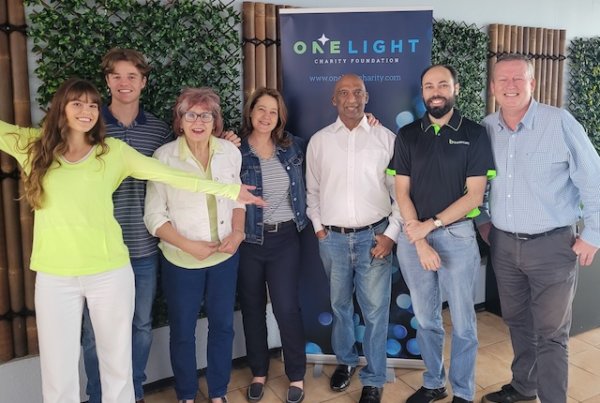The fact is that nearly 3 million Australians live below the Poverty line
‘Get a job’ might be the most prominent piece of advice to offer someone who is living below the poverty line. But what happens if you have a job, and still struggle to make ends meet? According to the 2016 ACOSS report, 32.1 per cent of the three million people in Australia who live below the poverty line, receive wages as their primary source of income.
The definition of Poverty
It is a relative concept used to describe the people in a society that cannot afford the essentials that most people take for granted, such as:
- adequate health and dental care,
- housing,
- education,
- employment opportunities,
- food and recreational
Five major causes of Poverty
Poverty is not caused only by individual circumstances but by extreme inequalities built into the structure of Australian society.

Poverty is growing in Australia
In 2016, ACOSS released a new report revealing that poverty is growing in Australia. An estimated 2.9 million people or 13.3% of all people are living below the internationally accepted poverty line.
Australia is listed as the second-wealthiest country in the world
Australia is the second-wealthiest country in the world in terms of wealth per adult, but its poverty rate has become entrenched at a high level. It is currently 14th highest out of 36 Organisation for Economic Co-operation and Development countries.
Not every Australian has benefited from the prosperity
Australia has enjoyed an unprecedented 25-year period of economic growth. Thanks to a mining boom that increased trade with China. The stimulus package helped the nation sail through the global financial crisis relatively unscathed. But not everyone in Australia has benefited from the prosperity. Many Australians juggle payments of bills. People living in poverty have to make difficult choices. Skipping meals to pay for a child’s textbooks.
Poverty line
The poverty line is defined as a single adult living on less than $433 a week. Or $909 for a couple with two children, before housing costs.
Poverty gap
One in eight adults and more than one in six children are living in poverty.
The “poverty gap” measures the average gap between their incomes and the poverty line. This average is $135 per week. Many of those are living in “deep poverty”. A staggering $135 per week below the poverty line on average.
Types of Poverty pdf.
- Absolute
It is an extreme kind of poverty. Involving the chronic lack of essential food, clean water, health and housing. People in absolute poverty tend to struggle to live. They experience a lot of child deaths from preventable diseases like malaria, cholera and water-contamination related diseases. This type is usually long-term in nature and often handed to them by generations before them. This kind of poverty is generally not common in the developed world.
- Relative
This kind is usually about other members and families in society. For example, a family can be considered inadequate if they cannot afford vacations. They are unable to buy presents for children at Christmas. Cannot afford Education. Even though they have access to government support for food, water, medicine and free housing, they are considered inferior. The rest of the community have access to superior services and amenities.
- Situational (Transitory)
People or families can be poor because of some adversities like earthquakes, floods or a severe illness. Sometimes, people can help themselves out of this situation quickly if they are given a bit of assistance. The cause of their position might have been just one unfortunate event.
- Generational or Chronic
This is a more complicated type. When poverty is handed over to individuals and families from generations before them. In this type, there is usually no escape from it. The victims are trapped in their causes and have no access to tools that will help them get out of it.
10 Facts about Poverty in Australia
1.Indigenous people
One in four Australians who apply for homelessness services are indigenous. Indigenous people make up only three per cent of the overall population in Australia, so race and diversity are a factor in someone’s earnings.
Indigenous people are between two and three times worse off
The people most likely to be part of the lowest 20 per cent income group are the elderly, single parents and indigenous people. Most indicators of poverty and related disadvantage show that Indigenous people are between two and three times worse off than non-Indigenous people in Australia. Over 120,000 Indigenous people are living below the poverty line.
2.Economic inequality
One person in the top 20 per cent has 70 times more income than someone in the bottom 20 per cent. There is substantial economic inequality in Australia. The gap continues to widen in both wealth and opportunities. This inequality is also a global issue. The world’s top one per cent own more than the bottom three billion people in the world.
3. Young people aged 15-24 are the most likely to be unemployed.
A January 2016 report studying Australia’s poverty suggested that the youth unemployment rate was more than twice the overall unemployment rate.
Australia’s government has been trying to solve the problem by creating more jobs, but there are more ways that economic equality can be achieved. Some solutions include free education and healthcare for everyone. Another solution could be affordable housing and having everyone pay a fair share of taxes.
4. Poverty rates
Single parents, renters and people who are unemployed or receive social security payments, were among the groups who reported the highest poverty rates in the country.
5. Women
The higher poverty rates for women reflect the lower incomes of female-headed households. The vast majority are headed by women and older women. These women outlived men on average and have lower private savings, including superannuation.
Women over 55 are the fastest-growing homeless demographic in Australia.
Factors like divorce, widowhood or domestic violence can make older women vulnerable to homelessness. Other contributing factors are poor employment opportunities, reduced superannuation and escalating rents.
6. Children
Another myth is that all children in Australia have access to a safe and secure home. The fact is that one in four of Australia’s homeless are children. The risk of poverty is highest for children in sole parent families. Risk of poverty for children in single-parent families is three times that for children in couple families. Homelessness adversely affects children in many ways, including their health and education.
7. People with a disability
Around 800,000 people with a disability live below the poverty line in Australia.
The ACOSS report found that 839,000 people with a disability live below the poverty line in Australia. Invalidity may affect a person’s capacity to work and force them to rely on income support payments like the Disability Support Pension or Newstart Allowance. These payments are often not enough to cover living costs, especially in areas where rents are high.
Extra costs
The ACOSS report also highlights extra expenses associated with disability, such as:
- adjustments to the home or workplace,
- costs of care,
- additional transportation costs such as taxis
- medical and pharmaceutical costs”
8. Prisoners
The day you leave prison should be a happy one, but it can be a stressful period for many ex-inmates who have nowhere to stay.
Respondents who have been incarcerated, whether in juvenile detention, adult prison, or remand, are particularly prone to homelessness. Comparing to other similarly vulnerable people, a vicious cycle can emerge. Homelessness makes a return to prison more likely.
9. Mental illness
Mental health issues are more common than many may think.
Australian Bureau of Statistics data from 2007 found that 45 per cent of Australians ‘met the criteria for a diagnosis of a mental disorder at some point in their life’. Meanwhile, one-in-five Australian workers are currently experiencing a mental health condition.
10. Drug users
Research from homelessness services showed that 43% of the homeless population reported that they had alcohol and other drug use problems.
Of these, one-third said that they had these problems before becoming homeless. The remaining one-third reporting that they developed problems with alcohol and other drugs following homelessness.
The duration of substance use problems is often prolonged in the homeless population because their social networks may perpetuate their alcohol and other drug problems.






